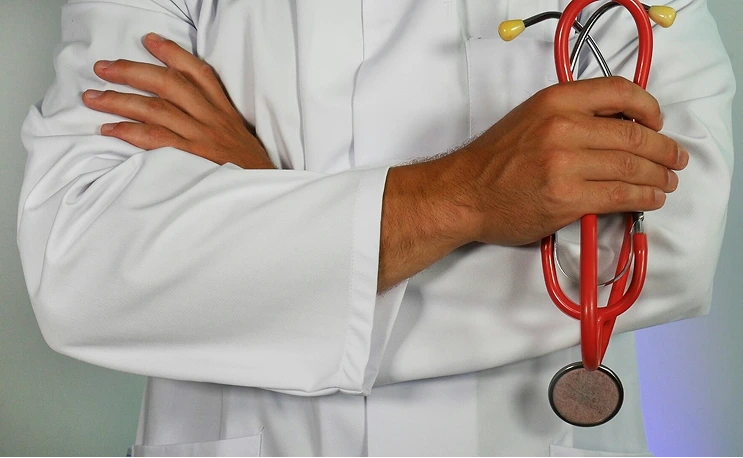Airway reconstructive surgery focuses on restoring and maintaining a functional airway in patients with congenital or acquired airway disorders. Conditions such as tracheal stenosis, laryngeal trauma, vocal cord paralysis, subglottic stenosis and airway tumours can cause significant breathing difficulties, requiring surgical intervention. Airway reconstructive surgery focuses on restoring and maintaining a functional airway in patients with congenital or acquired airway disorders. Conditions such as tracheal stenosis, laryngeal trauma, vocal cord paralysis, subglottic stenosis and airway tumours can cause significant breathing difficulties, requiring surgical intervention.
Tracheal stenosis, a narrowing of the trachea (windpipe) due to prolonged intubation, trauma, infections or autoimmune diseases, can lead to life-threatening airway obstruction. Laryngotracheal trauma resulting from accidents or surgical complications may cause scarring and breathing difficulties. In paediatric and adult patients, congenital airway abnormalities may require reconstructive procedures to ensure proper breathing and vocal function. Surgical approaches depend on the severity of the airway obstruction and its underlying cause.
Below are the key services offered:
-
Tracheal Resection & Reconstruction: Surgical removal of the narrowed segment of the trachea and reconnecting healthy sections.
-
Laryngotracheal Reconstruction (LTR): Use of cartilage grafts to expand a narrowed airway, commonly performed in children with congenital stenosis.
-
Endoscopic Airway Procedures: Minimally invasive balloon dilation and laser excision for vocal cord paralysis or airway collapse, offering temporary relief.
-
Tracheostomy: Bypassing a severely obstructed airway with an alternate airway passage for severe breathing obstructions.
-
Kashimo’s Surgery: Airway stabilisation surgery in cases of bilateral abductor palsy to overcome the lifelong requirement of tracheostomy
-
Airway Stenting: Placement of stents to keep narrowed airways open.
-
Postoperative Airway Management: Airway monitoring, respiratory therapy, and voice rehabilitation for optimal recovery.
Consult our expert and skilled Head and Neck Surgeons at Manipal Hospitals, Bangalore, for more information regarding the treatments.


